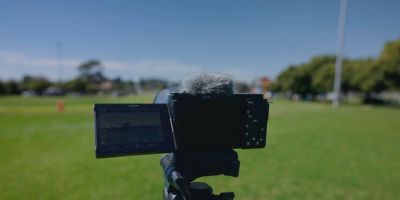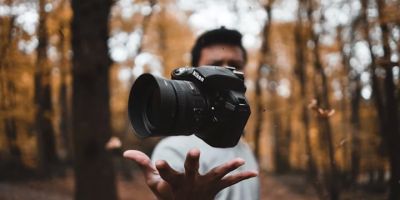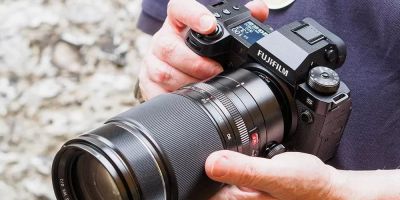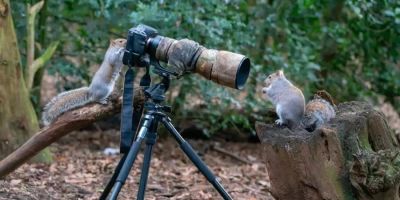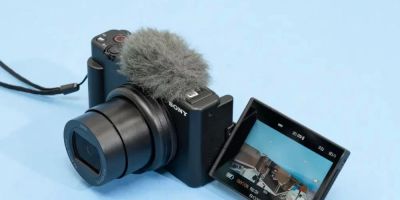- why-night-and-astrophotography-are-different
- key-camera-features-for-night-shooting
- astrophotography-specific-needs-and-considerations
- real-world-camera-recommendations
- expert-tips-for-night-photo-enthusiasts
- find-your-gear-at-photo-studio
1. Why Night and Astrophotography Are Different
At first glance, night photography and astrophotography seem like twins. Both happen after the sun goes down, both require long exposures, and both challenge even experienced photographers. But the reality is more nuanced. Night photography often focuses on urban scenes, landscapes under moonlight, or creative light painting. Astrophotography, on the other hand, demands precision, patience, and gear that can capture faint celestial objects light-years away.
Understanding the distinction is crucial if you're in the market for a camera for night photography and astrophotography enthusiasts. A model that works beautifully for capturing a glowing skyline may fall short when it comes to photographing the Milky Way’s delicate dust lanes.
2. Key Camera Features for Night Shooting
2.1 High ISO Performance
Low-light conditions push your camera’s sensor to the limit. You want a camera with excellent high ISO capability, meaning it can shoot at ISO 3200, 6400, or even 12800 without producing excessive noise. This helps capture more light without requiring prohibitively long exposures.
2.2 Wide Dynamic Range
Dynamic range matters in night photography because you often deal with stark contrast—bright streetlights beside deep shadows. A camera with a broad dynamic range preserves details in both highlights and dark zones, letting you recover details in post-processing without ugly artifacts.
2.3 Manual Controls and RAW Output
Full manual control over aperture, shutter speed, and ISO is a must. Also, shooting in RAW format provides the flexibility needed to adjust color balance, sharpness, and exposure in post without degrading image quality.
3. Astrophotography-Specific Needs and Considerations
3.1 Sensor Size and Type
Full-frame sensors tend to outperform crop sensors in astrophotography due to their better light-gathering ability. More light equals cleaner images of faint galaxies and star clusters. However, don’t discount APS-C or Micro Four Thirds entirely—plenty of enthusiasts produce incredible deep-sky photos with them.
3.2 Low-Noise Long Exposures
Astrophotography often involves exposures ranging from 15 seconds to several minutes. A camera with effective long-exposure noise reduction can drastically improve your final image by minimizing hot pixels and grain.
3.3 Compatibility with External Tools
From star trackers to intervalometers, astrophotographers depend on accessories. Ensure your camera is compatible with remote triggers, has a bulb mode, and ideally supports live-view focusing and manual white balance adjustments.
4. Real-World Camera Recommendations
There’s no one-size-fits-all answer, but here are cameras praised by both night shooters and stargazers:
4.1 Sony Alpha a7S III
Known for its unmatched low-light performance and near-zero noise at high ISOs, the a7S III is ideal for those who want to shoot both video and stills in the dark. Its full-frame sensor and excellent dynamic range make it a flagship choice for professionals.
4.2 Canon EOS Ra
Canon specifically tailored this model for astrophotography. It features enhanced hydrogen-alpha sensitivity to capture nebulae in sharp, vibrant detail. It's not your go-to for everyday shooting, but for the stars? Stellar.
4.3 Nikon Z6 II
Balanced in price and performance, the Z6 II delivers great high ISO handling and robust lens compatibility. It’s perfect for the enthusiast who wants to explore night photography without diving headfirst into ultra-specialized gear.
5. Expert Tips for Night Photo Enthusiasts
5.1 Plan Your Shoot
Use apps like PhotoPills or Stellarium to check moon phases, cloud cover, and celestial alignments. Planning ahead ensures you’re not fighting light pollution or an unexpected full moon.
5.2 Practice Focusing in the Dark
Autofocus rarely works well in darkness. Practice using manual focus, and zoom in with live view to nail sharp stars or crisp silhouettes. A flashlight or LED light panel can also help when setting up.
5.3 Post-Processing Is Half the Magic
Night photos often need editing to reveal their full beauty. Learn to use tools like Lightroom or DeepSkyStacker. These programs help enhance star color, reduce noise, and bring out hidden details in your RAW files.
6. Find Your Gear at Photo Studio
Finding the right camera for night photography and astrophotography enthusiasts doesn’t have to be overwhelming. At Photo Studio, we specialize in gear for both creative explorers and cosmic dreamers. Whether you’re seeking your first low-light camera or upgrading to a deep-sky powerhouse, our curated selection includes top-rated models, lenses, and essential accessories.
Let our team help match you with the perfect tools to shoot the stars, the city, or both. When inspiration strikes at midnight, you’ll be ready.

